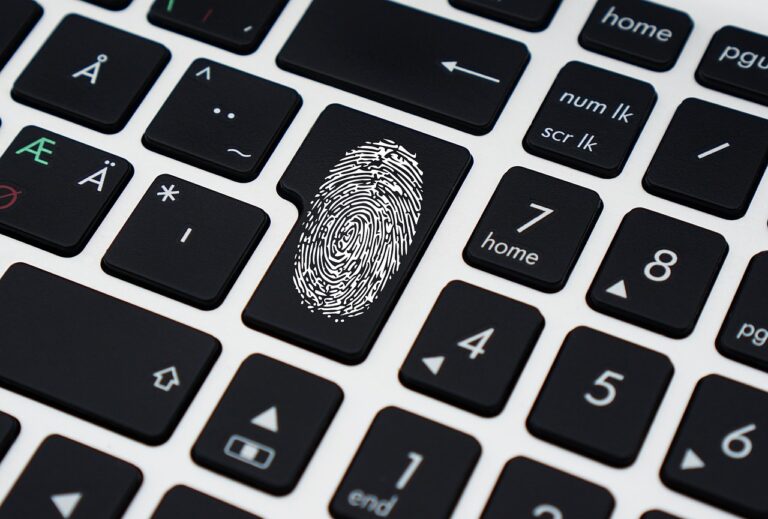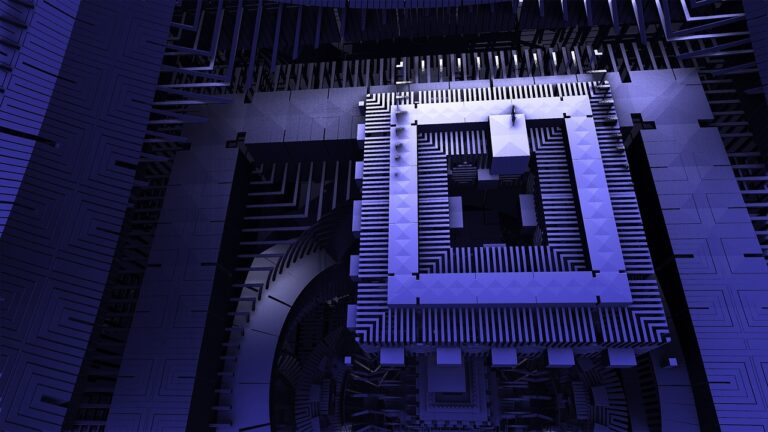Cybersecurity is surrounded by myths that can leave you vulnerable to attacks. These misconceptions, often perpetuated by outdated advice and misunderstood technology, can provide a false sense of security while leaving you exposed to real threats.
Myth 1: “I Have Nothing Hackers Would Want”
This is perhaps the most dangerous misconception. Cybercriminals aren’t just after credit card numbers or bank accounts. Your personal information, social media accounts, and even your computing power have value. Identity thieves can use seemingly innocent details to build profiles for fraud, while hackers can use compromised devices for cryptocurrency mining or as part of larger attacks.
Myth 2: “Public WiFi is Safe if I Don’t Do Banking”
Any data transmitted over unsecured public WiFi can be intercepted, including passwords, personal messages, and browsing history. Even seemingly harmless activities like checking social media can expose authentication tokens that allow attackers to access your accounts later.
Myth 3: “Antivirus Software is All I Need”
While antivirus software is important, it’s just one component of cybersecurity. Modern attacks often use social engineering, phishing, and zero-day exploits that bypass traditional antivirus detection. A comprehensive approach includes regular updates, strong passwords, two-factor authentication, and user education.
Myth 4: “Strong Passwords are Enough”
Even the strongest password can be compromised through data breaches, phishing attacks, or keyloggers. Two-factor authentication (2FA) provides a crucial additional layer of security that makes accounts significantly harder to compromise, even if passwords are stolen.
Myth 5: “Macs Don’t Get Viruses”
While macOS has certain security advantages, Mac users are increasingly targeted by malware, especially as the platform gains market share. Mac-specific threats include adware, ransomware, and cryptocurrency mining malware.
Myth 6: “Private Browsing Means Anonymous Browsing”
Private or incognito mode only prevents your browser from storing local browsing history. It doesn’t hide your activity from your internet service provider, employers, or the websites you visit. True anonymity requires additional tools like VPNs or specialized browsers.
The Reality of Modern Threats
Today’s cybersecurity landscape is dominated by ransomware, business email compromise, and supply chain attacks. The most effective protection combines technological solutions with good security habits and awareness of current threats.
Understanding these myths is the first step toward building real cybersecurity awareness that can protect you from actual threats.



